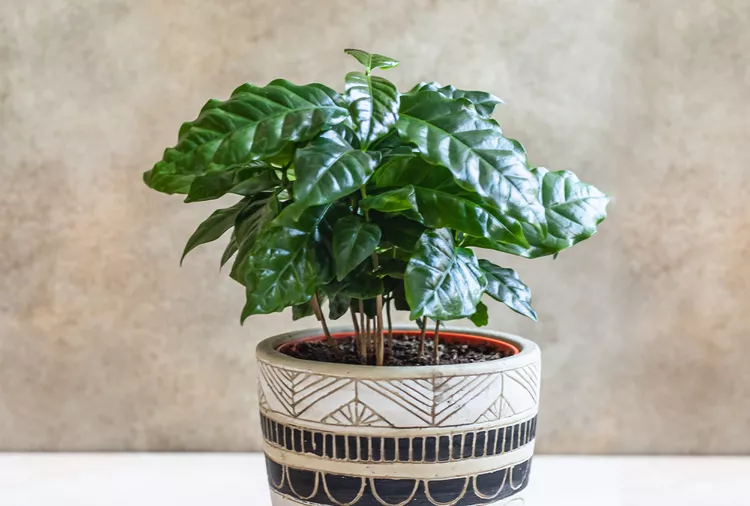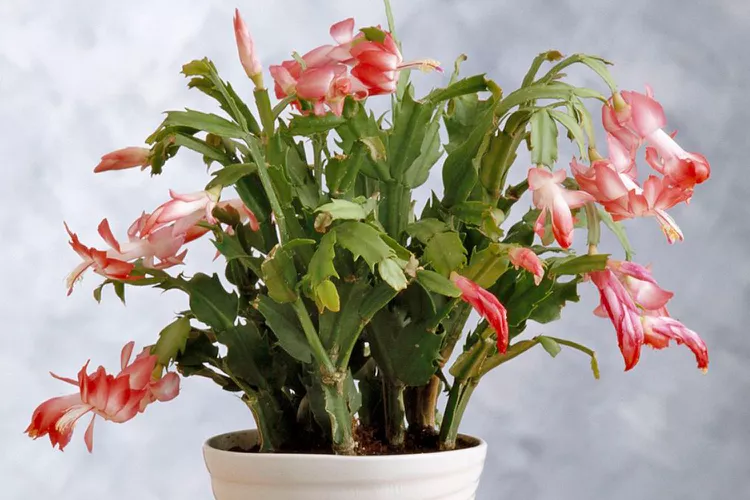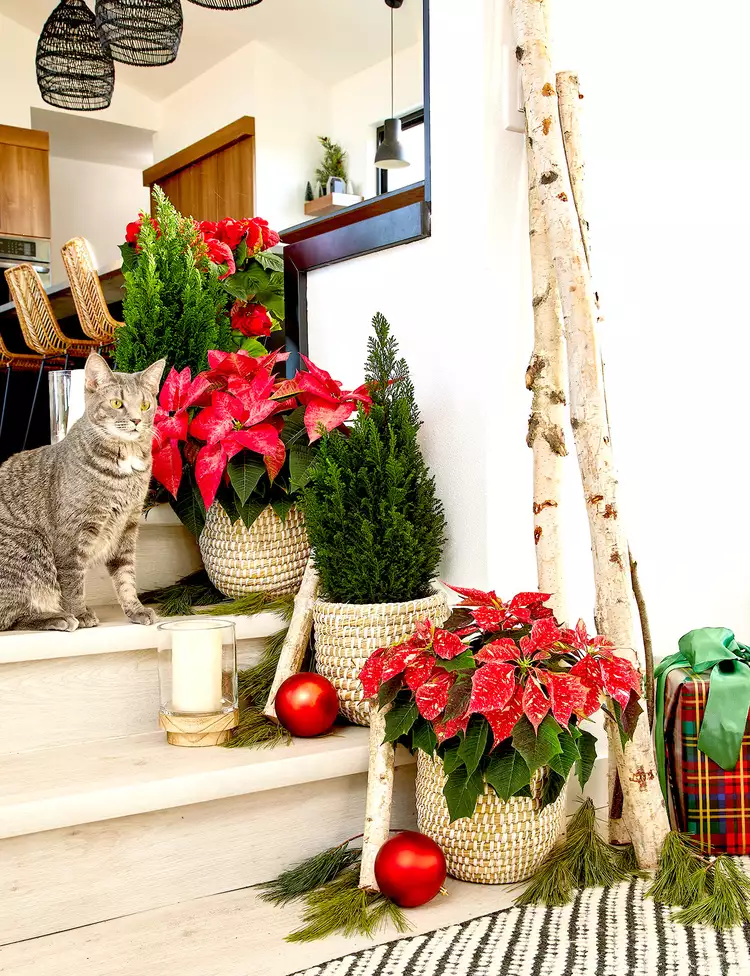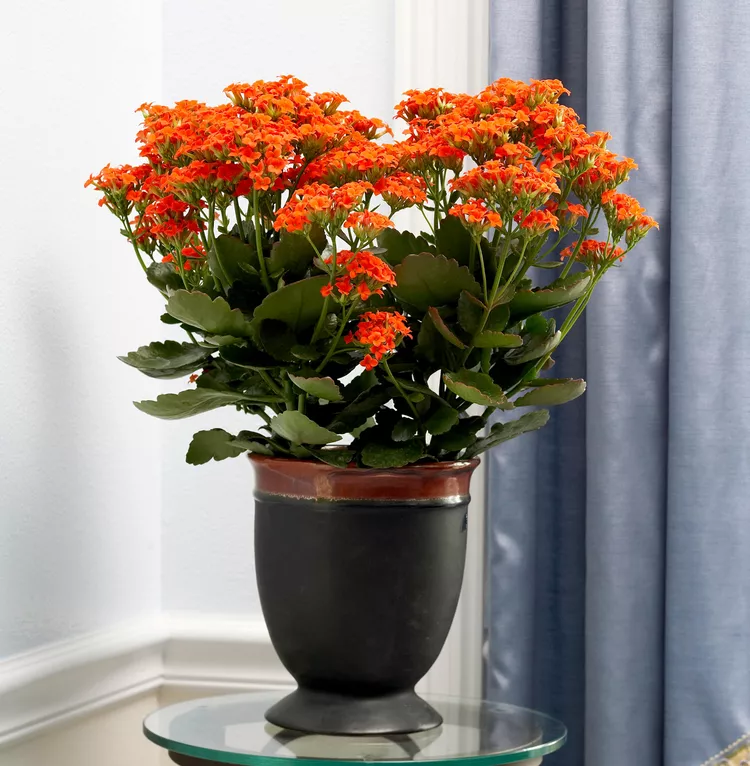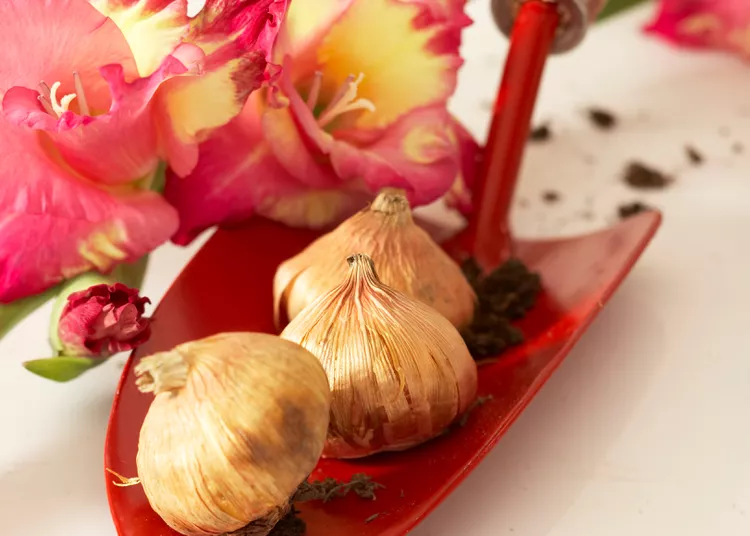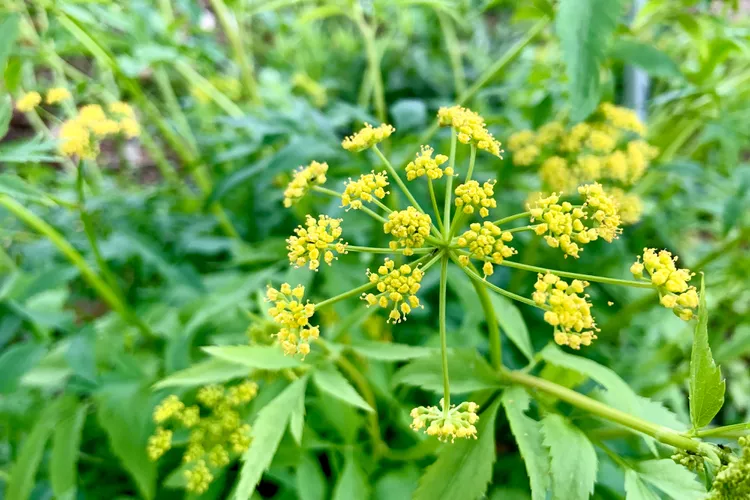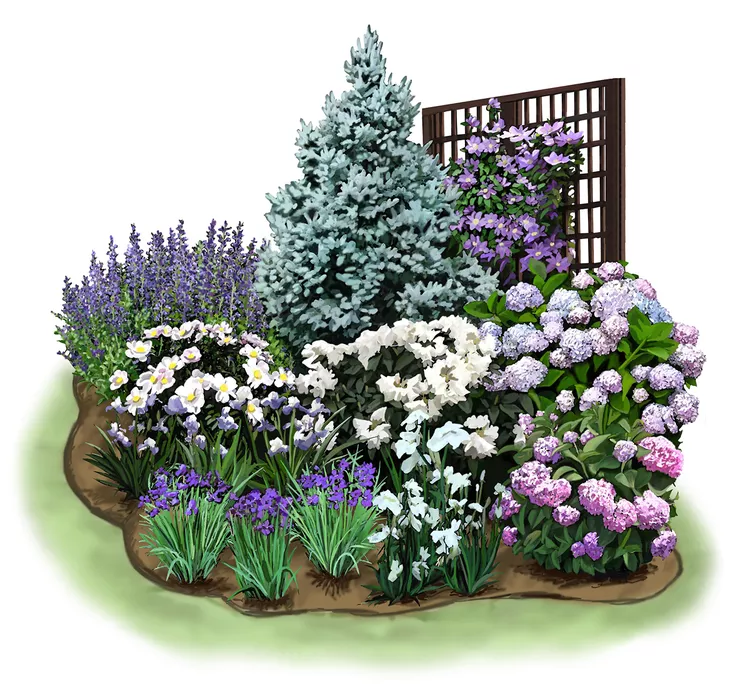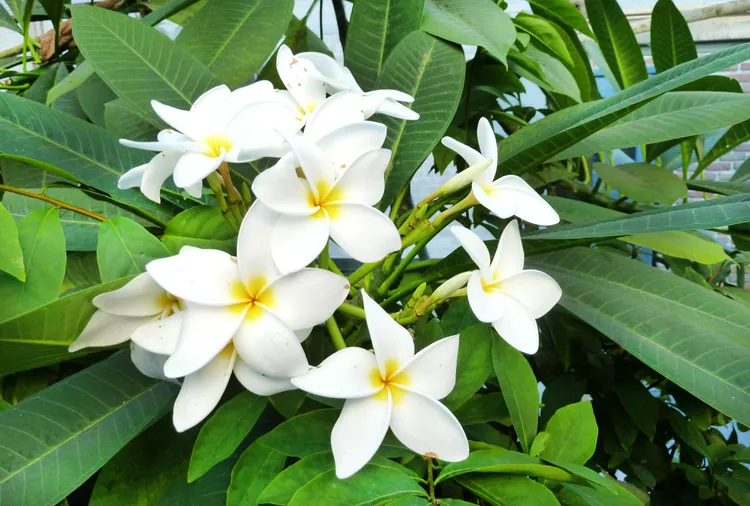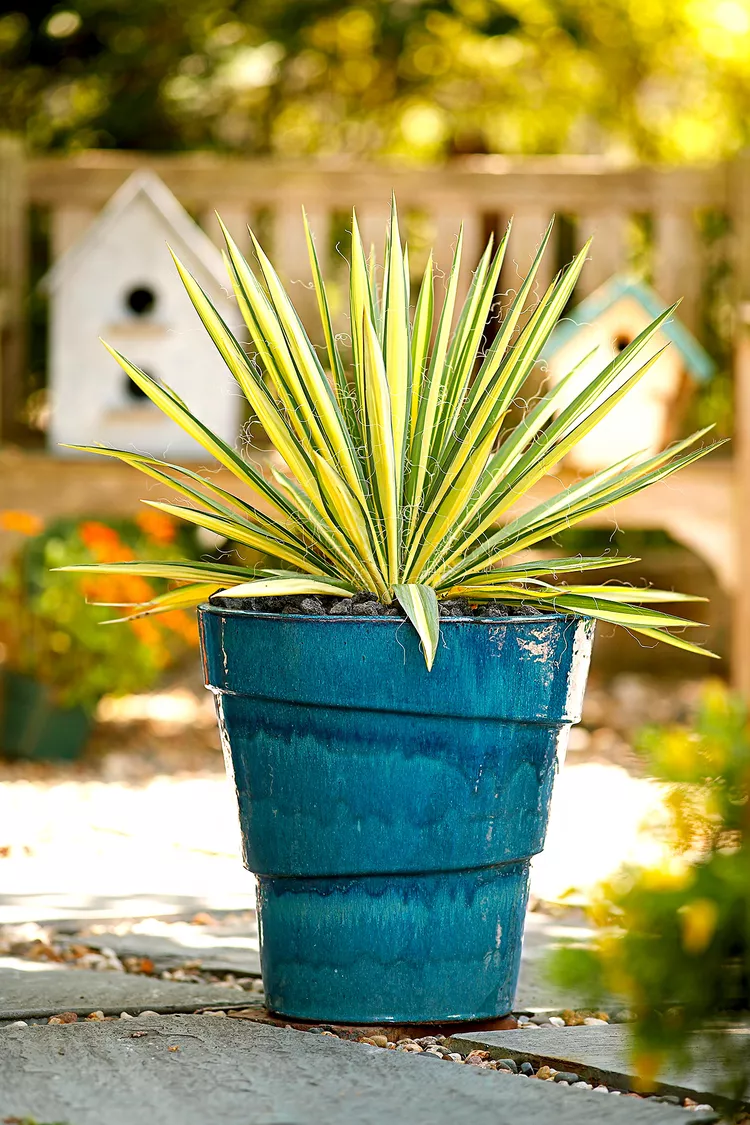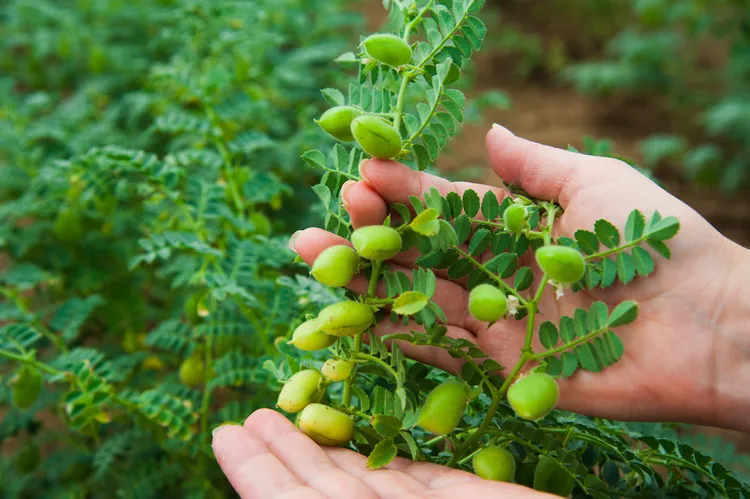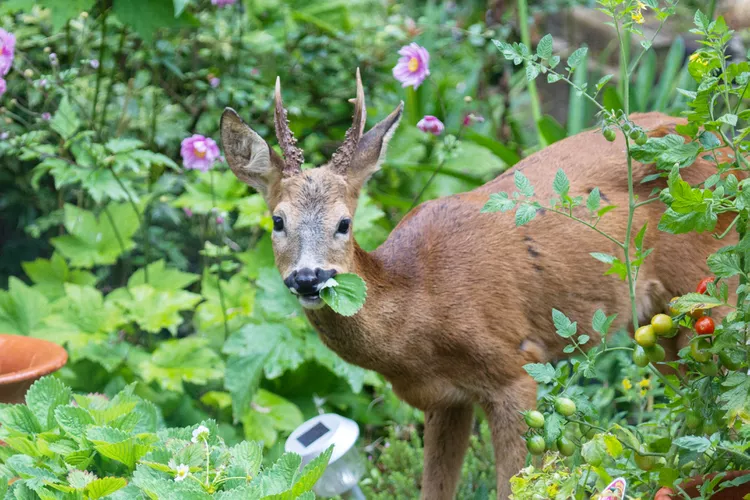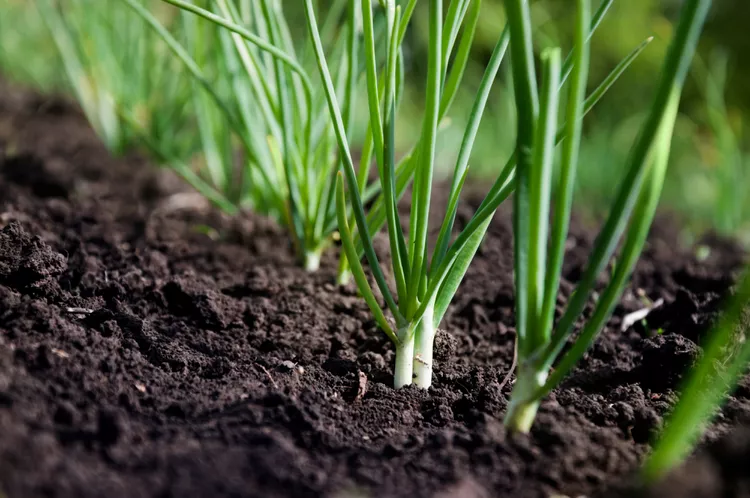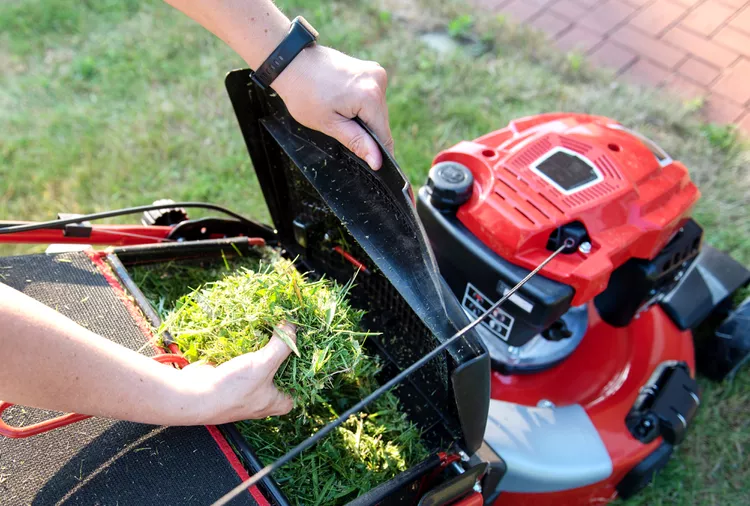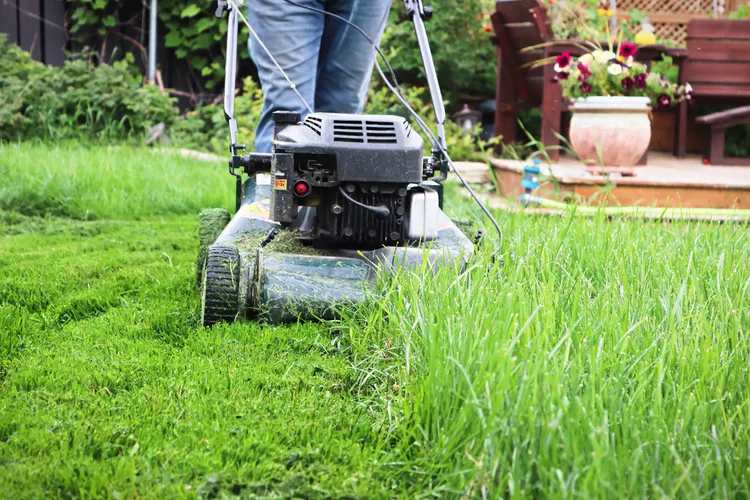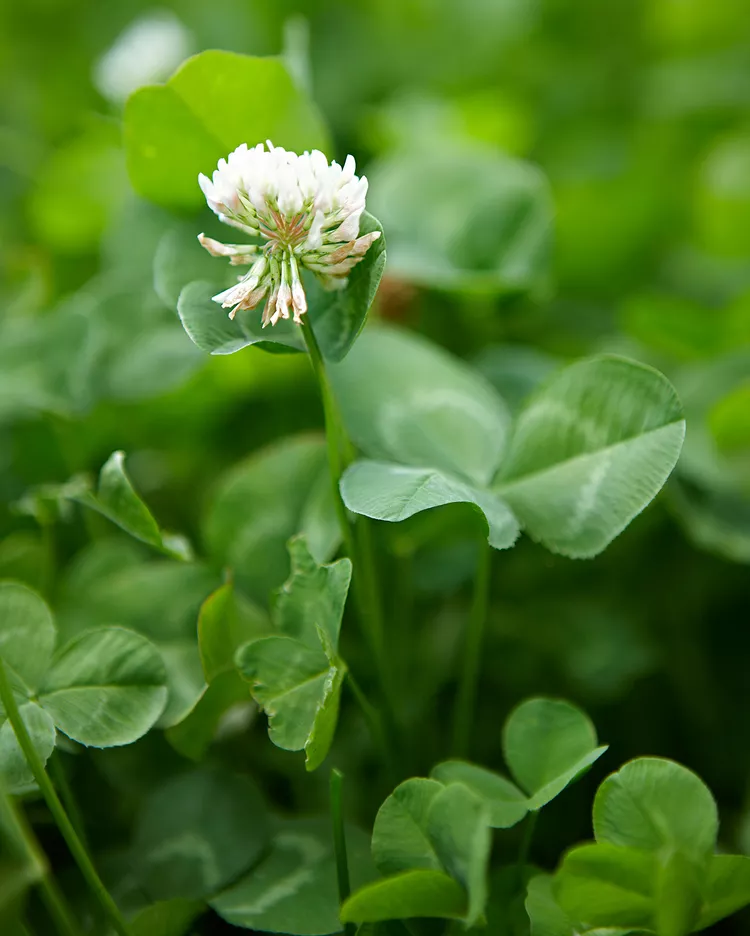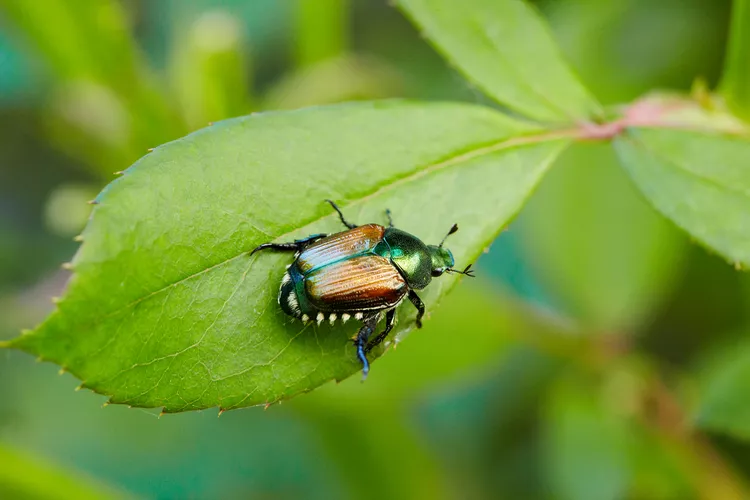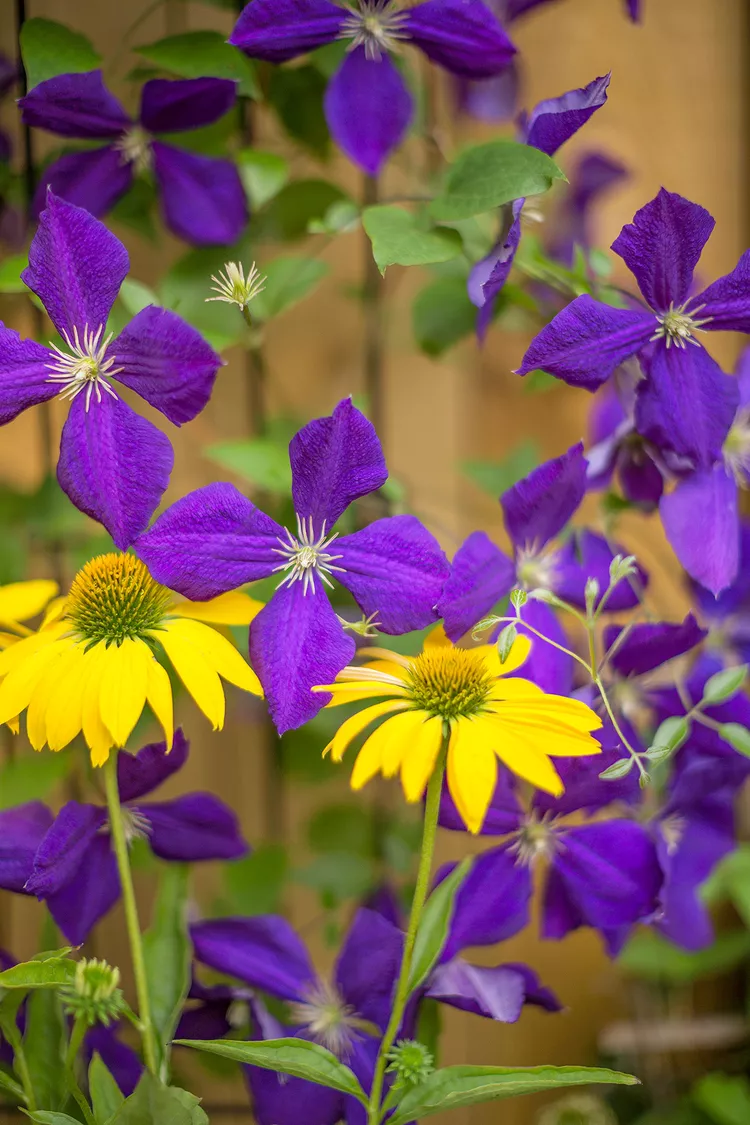Texas sage (Leucophyllum frutescens) provides a welcome splash of color in the harsh Southwestern landscape thanks to its evergreen silver-gray leaves and abundance of flowers in shades of purple, pink, and lavender. This resilient shrub handles drought, rocky soil, and intense heat—even preferring these conditions and thriving in locations where many other plants would wither into dust.
Although commonly referred to as Texas sage, it isn’t related to the Salvia genus (sage). One of its more apt names is barometer bush. This shrub reacts to increased humidity before and after rainfall by blooming seemingly out of nowhere.
Texas Sage Overview
| Genus Name | Leucophyllum frutescens |
| Common Name | Texas Sage |
| Additional Common Names | Cenizo, Silverleaf, Wild Lilac, Texas Ranger, Barometer Bush |
| Plant Type | Shrub |
| Light | Part Sun, Sun |
| Height | 6 to 8 feet |
| Width | 4 to 6 feet |
| Flower Color | Pink, Purple |
| Foliage Color | Gray/Silver |
| Season Features | Reblooming |
| Special Features | Attracts Birds |
| Zones | 10, 8, 9 |
| Propagation | Seed, Stem Cuttings |
| Problem Solvers | Drought Tolerant |
Where to Plant Texas Sage
Plant Texas sage in an area that receives full sun and has well-drained soil that is not nutrient-rich. Although it will grow in a shady location, it won’t thrive. Be sure to position your shrubs in an area that does not receive extra moisture, as Texas sage cannot handle prolonged periods of wet soil. This durable shrub can be used as a formal hedge, a large accent plant, or as part of a naturalized planting mirroring the Southwestern Texas landscape, where it grows naturally.
Texas sage is not listed as invasive in the United States but has been known to self-seed and naturalize in parts of California, Arizona, and Florida.
How and When to Plant Texas Sage
Plant Texas sage in spring or autumn to allow healthy roots to develop before the blistering heat of summer or the risk of a freeze in winter. Consider the fully grown size of the plant when choosing a site. Allowing enough space for it to mature into a healthy specimen is vital.
Texas sage resents wet soil. If your soil holds water and doesn’t drain, plant Texas sage in a large planter or well-draining raised bed.
Dig a hole as deep as the top of the roots and as wide as the pot. Loosen the surrounding soil, but don’t add any compost or fertilizer. Texas sage grows best without extra fertilizer or nutrients. Water the new plant and surrounding soil heavily and allow it to rest for two to three days. Check the root ball of the plant daily and water it again when the top couple of inches are dry. Continue until the plant develops new roots and no longer sits loosely in the planting hole.
Add a light, 1- to 2-inch layer of mulch to the new planting, but make sure the mulch doesn’t come into contact with the base of the plant, which might cause problems with insects and rot in the future.
Texas Sage Care Tips
This easy-to-grow evergreen shrub asks only for full sun and well-draining dry soil. It grows well in the American Southwest but struggles in wetter and cooler areas of the United States.
Light
Texas sage needs full sun to thrive and looks best when it receives at least 8 hours per day of direct sunlight. While it can tolerate light shade, plants may become thin and leggy and produce fewer flowers.
Soil and Water
These shrubs naturally grow in rocky, alkaline soil with very low nutrients and little water. Watering established plants in summer may help them grow faster, but too much water can lead to root rot, which is deadly. An established specimen can easily survive for weeks or months without water. If you choose to water, allow the soil to dry completely before watering again.
Temperature and Humidity
Texas sage loves extreme heat and low humidity. It is hardy to 10°F, although it may lose some leaves if it becomes that cold. Any colder, and the plant might die back to the ground and need to regrow from the roots.
Texas sage performs best with low humidity. High nighttime temperatures combined with constant high humidity can prove fatal.
Fertilizer
It is best to avoid using any fertilizer around this plant. Texas sage thrives naturally in soil with very low fertility and suffers when too much fertilizer is applied.
Pruning
The best time to prune your shrubs is late winter or early spring. Even healthy Texas sage plants benefit from occasionally thinning out old branches and tipping back (cutting or pruning) the ends of the stems to stimulate new growth along the entirety of the plant. This alleviates any legginess that occurs naturally over time.
For a formal look, shear the plants with manual or powered shears, creating individual shapes or one continuous hedge. If you choose to hedge the plants, it is essential to “pluck” or thin the hedge to allow sunlight and airflow into the center of the plant. Plucking stimulates growth on the interior of the plant and reduces the “shell” effect that regularly sheared plants develop. This is achieved by removing fist-sized pockets of dense growth every 12 to 18 inches around the entire plant at least once a year.
Potting and Repotting Texas Sage
Small varieties can grow in large pots with excellent drainage and enough sunlight. Ensure the planter has drainage holes and that the potting soil drains quickly. Although Texas sage prefers low-fertility soils, potted plants need a light application of a balanced fertilizer, such as a slow-release 10-10-10 or 14-14-14 early in the growing season (April-May). As the plant outgrows its container, move it to another container one size larger.
Pests and Problems
This easy-to-grow shrub has few pests and problems. The number one threat to Texas sage is cotton root rot caused by the fungus Phymatotrichopsis omnivorum. Fungal outbreaks occur in warm, damp soil. Symptoms of cotton root rot include dead and dying leaves that remain attached to the plant.
Avoid the temptation to water this incredibly drought-tolerant shrub to limit exposure to the fungus. If you suspect your Texas sage plant has cotton root rot, contact the local agricultural extension office to discuss treatment options for your region. Cotton root rot can survive in the soil for many years, and the best method of control is prevention. If cotton root rot is present in your garden, you may need to restrict your plantings to plants that are immune or tolerant to the disease.
Powdery mildew occasionally occurs during periods of warm and humid weather. The best way to avoid powdery mildew is good airflow and ample sunlight.
How to Propagate Texas Sage
Propagate Texas sage by seeds or cuttings. Collect the tiny seeds before the seed capsule dries completely and splits open, and store the seeds in a cool and dry place, such as the refrigerator. Seeds can be started immediately in the greenhouse or directly in the garden any time after the season's last spring frost. Scratch seeds lightly into the soil and water regularly until germination occurs. Then, reduce watering, allowing the soil to dry out between waterings.
Texas sage can also be propagated by softwood and semi-hardwood cuttings taken from the current year's growth. Cut 4 to 6 inches from the tip of a stem. Remove the foliage from the bottom half of the stem cutting. Dip the end in rooting powder and place it in a pot with well-draining potting soil in a bright place with indirect light. Water the potting mix lightly and spritz the plants regularly with water. Don’t let the soil dry completely, but avoid keeping it fully saturated. Cover the pot with clear plastic or spritz the plants several times throughout the day until root growth begins. Rooting can take a few weeks to several months.
Types of Texas Sage
‘White Cloud’
Leucophyllum frutescens ‘White Cloud’ is a subtle gray-leaved selection with white flowers instead of the traditional pink or purple blooms. It grows 6-8 feet tall and wide, and the growth is often less dense than other selections.
‘Silverado’
Leucophyllum frutescens ‘Silverado’ has bright silver foliage and more dense growth than other varieties. The blooms are violet with red overtones, attracting bees, hummingbirds, and butterflies. At maturity, it reaches 4-6 feet tall and wide.
‘Green Cloud’
Leucophyllum frutescens ‘Green Cloud’ has green foliage instead of the usual silvery-gray leaves on most Texas sage shrubs. It is a more prolific bloomer than most varieties and is more tolerant of poorly draining soils. 'Green Cloud' grows to 6 feet tall and wide.
‘Compacta’
Leucophyllum frutescens ‘Compacta’ Texas sage is a small selection, typically reaching 3 feet tall and wide when fully grown, although it has been reported to grow as large as 5 feet tall and wide occasionally.
Texas Sage Companion Plants
Agave
Agave plants are architectural wonders that thrive in dry soil and full sun and come in various colors, including blue, green, chartreuse, and gold. Their size varies from 1 foot tall and wide to 3 feet tall and 8 feet wide. Like Texas sage, agaves resent excess moisture. Set it and forget it.
Prickly Pear Cactus
Prickly pear cactus, with its large muted-green pads, provides a unique foil to the delicate leaves of Texas sage. The large flowers and attractive red fruits provide additional interest throughout the season. The plant's size varies widely from 1 to 20 feet tall.
Yucca
Although yucca plants are usually grown for their attractive evergreen strappy leaves that range in color from silvery-blue to gold and green, don’t forget the impressive flower stalks that can tower 10 feet or higher, terminating in a mass of large white flowers. Locate yucca far enough away from Texas sage to allow the flower stalk to shine.

